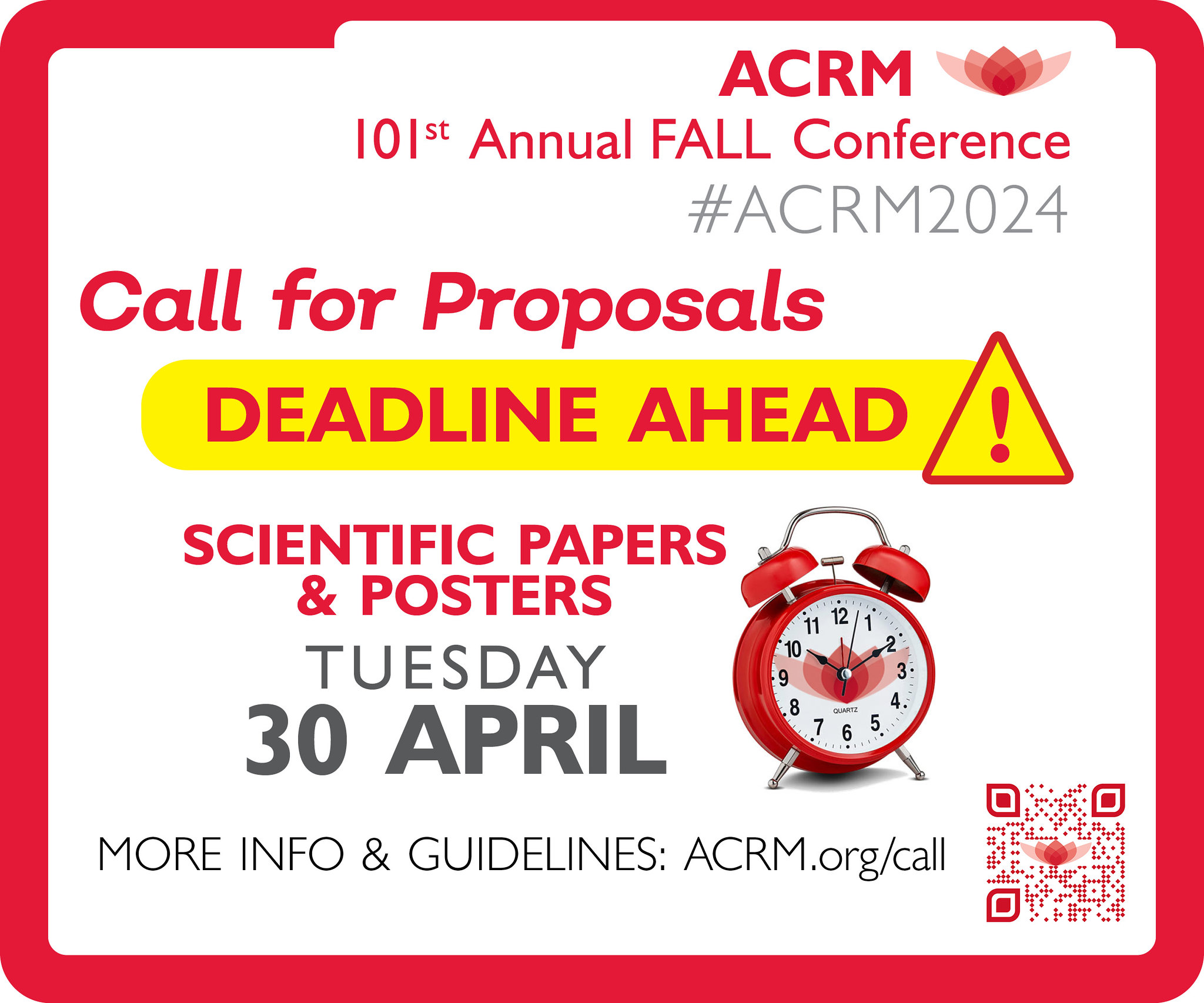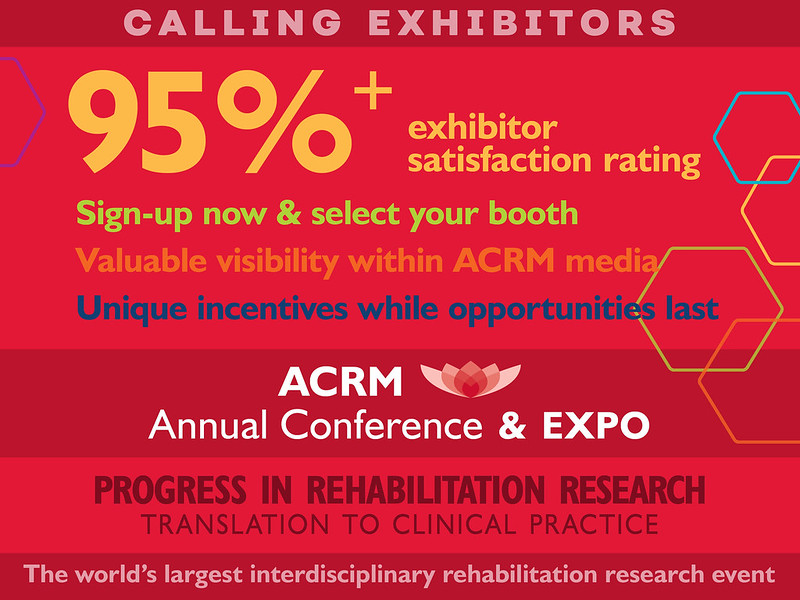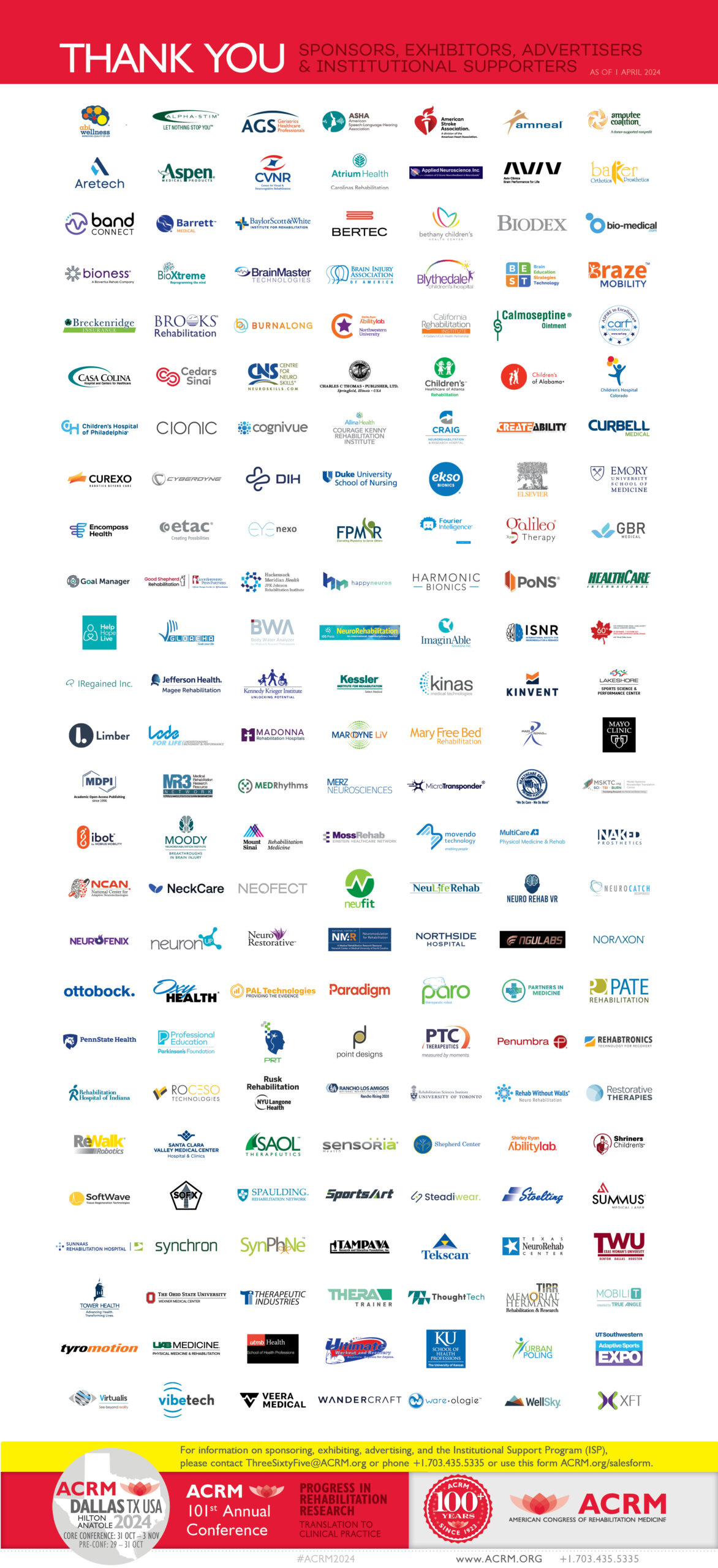 By Ruairi Connelly, MD
By Ruairi Connelly, MD
Stem cell therapies are being advertised online for a wide range of conditions. Many patients travel internationally to avail of stem cell therapies through clinics represented online. The provision of stem cell therapies in such an unregulated environment offers a substantial potential risk to the health of the rehabilitating patient. Patients may not be aware of the information they should seek when consulting these clinics, or of the potential risks involved.
Stem cell therapy presents a realm of novel therapeutic possibilities for both patients and clinicians. Currently, stem cells are established as therapeutic agents in the treatment of haematological disorders including leukaemia, lymphoma and graft versus host disease. The available evidence base for stem cell therapy is expanding with a number of further uses for stem cells under investigation.
Online clinics describe a vast array of treatments with a diverse range of indications, making them potentially relevant for a substantial portion of the world’s population. Patients are employing the services of online stem cell providers, regardless of the experimental nature of treatments and the lack of accreditation and outcome data provided.
An Irish study explored the representation of stem cell therapies available online. The research was based on an analysis of stem cell clinics with an online presence. A web-based search yielded 224 websites which represented stem cell clinics. Over 340 variables were utilised to analyse the websites.
World Wide Web
A marked geographic spread of online stem cell clinics was noted with 21 countries spanning 5 continents represented. The USA had the highest density of clinics, with American clinics accounting for one quarter of clinics studied. This can be attributed to two factors; a number of the American clinics were based in the USA but provided cross border treatment in Mexico, with an additional number of American clinics advocating the use of minimally modified stem cell treatment regimens. Asia contributed a large portion of the online clinics with China, India and Thailand providing 35% of the clinics analysed. More than half the clinics analysed were based in developing countries such as India, Thailand, Mexico and the Dominican Republic.
Clinical Indications
Over 390 conditions spanning a broad spectrum of disease categories were indicated for stem cell therapy in the online clinics studied. The top five indications for stem cell therapy encountered, in descending order were: Multiple Sclerosis, Anti-Aging, Parkinson’s Disease, Stroke and Spinal Cord Injury with neurologic and musculoskeletal conditions particularly prominent.
Stem Cell Type
Adult, autologous stem cells were the most commonly utilised stem cell, with 82% of clinics employing them for their therapies. 26% of clinics used culture expanded cells. These stem cells were frequently sourced from bone marrow and adipose tissue. Additional sources of stem cells included peripheral blood, umbilical cords, and blood/marrow donors, with 10% of clinics using foetal stem cells.
Therapy Descriptions
The stem cell therapies were invariably described as safe and effective. Ninety per-cent of clinics advocated the safety of treatment, while 15% stated that there was “no risk” involved. Eighty-eight per cent of clinics claimed treatment effectiveness, with 16% describing the curative potential of therapy. Nine per cent referred to specific research publications to support their outcomes with three per cent referencing original peer reviewed research. No clinic advised that patients consult with their own medical practitioner prior to travel. Costs of treatments were mentioned by 35% of sites, with costs ranging from 5,000 to 50,000 US Dollars.
Discussion
The conclusion from this paper is that there is potential for rehabilitating patients to receive misleading or deficient information from online stem cell clinics. These clinics neglect to acknowledge the risks inherent in their proposed treatments and the merits of a pre-travel consultation with their own rehabilitation team. These clinics are readily accessible online and operate globally. As this study reveals many stem cell clinics have harnessed the powerful resource of the Internet, with therapies described in an exaggerated manner, with often minimal discussion of the potentially detrimental effects of such therapies.
One of the principal factors driving demand for these unproven therapies is that of human aspiration. Many of the conditions targeted by stem cell therapists have a poor or chronic prognosis under the supervision of conventional medicine. A number of the clinics encountered offer cure and major improvements in the clinical status of patients. The prospect of such an improvement in clinical status promotes patient subscription to these therapies, perhaps without due consideration of the experimental nature of treatment and the risks involved.
The growing popularity of stem cell tourism represents a significant challenge to rehabilitation medicine practitioners. A heightened awareness of both the extent of the practice of stem cell tourism and the risks associated with unproven stem cell therapies should be a prerequisite among the community in the interest of patient safety.
For more information on this topic, please see the full peer-reviewed publication.









